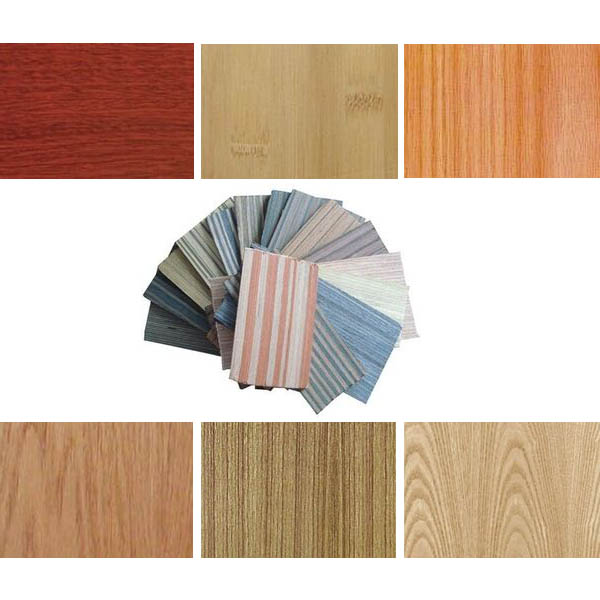The haze that has plagued the north for many days has now gone south. There have been pollutions in many cities in Jiangsu. When people on the streets came to wear masks, have you ever wondered if the masks they wear really can block the haze? Since November of this year, China's first national standard for protective masks has been officially implemented. The technical specifications for daily protective masks have been formally implemented. What about anti-haze masks? Quality supervision experts teach you.
Hazard-proof masks are graded
The Jiangsu Province Special Protective Products Quality Inspection Center is one of the main drafting units of the “Protective Masks Everyday Technical Specificationsâ€. Lu Bing, the director of the center, introduced that the “Specification†classifies masks into Class D, Class C, and Class B according to the air quality category. Class A, Class A and other four protection levels, of which the D-class applies to moderate and the following pollution, C-class applies to severe and the following pollution, B-class applies to serious and the following pollution, A-level applies to serious pollution. It is worth mentioning that, regardless of the level of protective masks used, the filtered air must meet China's environmental air quality and above standards.
Do not blindly filter efficiency
In addition to the protective effect of fine particles (PM2.5), the safety performance of wearing is also a key indicator in the "Code". Therefore, the "Specification" also puts forward specific requirements for safety indicators such as formaldehyde, PH, and microbes. The safety of the wearer during walking also stipulates that the visual field below the mask should not be lower than 60 degrees, so as to avoid the wearer's sight from being affected by the mask arch design.
In particular, consumers should be reminded that many businesses will use “filter efficiency†as a selling point when selling anti-mite masks. However, if the sealing performance of the masks is not good and the filtration efficiency is high, the final protective effect will be greatly reduced. Therefore, the “norm†choose to use the protective effect as the evaluation index. After wearing the mask, the inhaled PM2.5 concentration can be reduced to less than 75 micrograms per cubic meter, so that the air quality of the inhaled body after filtering is good or above.
Moth-proof masks are not suitable for young children
When the haze goes out, you can look at the air pollution situation first, and then choose the mask to be worn according to the actual situation. However, in an interview with the intersection point reporter, the “norm†clearly states that “it does not apply to children’s masks†compared with adults. Children are more affected by haze. Why does the "Code" exclude children's masks? The original anti-mite mask emphasizes the tightness, and it may not be suitable for children because it is easy to wear for a long time. Experts suggest that children under the age of 3 should not wear masks and go out as little as possible. If you must wear a mask to prevent haze, it is recommended that children over the age of 3 can choose to wear a disposable melt-blown non-woven folding cup-shaped mask, but the time should not be too long, it is best not to exceed 1 hour.
extend
Industrial dust mask should be carefully selected
Recently, due to the high incidence of haze and fog, anti-mute masks have also entered a hot season. In particular, consumers need to be reminded that regardless of how the sellers are making hype when promoting their products, they must pay attention to whether the products are marked with GB/T32610-2016. Day-to-day protective mask technical standards. During the interview, the reporter at the meeting found that industrial dust masks and bamboo charcoal masks also appeared in the anti-mite masks sold by the merchants. However, from the previous inspections conducted by the quality supervision department, bamboo charcoal masks did have a deducting effect on certain odors. The efficiency of particle protection is not significantly enhanced. Industrial dust respirator requires trained workers or staff in special places to wear it, and it is not suitable for civil use. (Conference reporter Xue Ling)
Disclaimer: This article is an editorial reprint, reproduced only to convey more information. If you think that our reprint violates the Copyright Law or harms your interests, please contact us in time and we will handle it as soon as possible. contact number.
Veneer is a thin sheet of wood, rotary cut, sliced or sawed from expensive natural wood. The veneer is easy to be edge jointed and overlaid on Plywood, MDF, particleboard and so on. So, it can be used in fancy plywood, fancy MDF, fancy Blockboard and veneer faced particleboard.
Luli Group Co., Ltd, also supply engineered wood veneers with good quality and competitive pricing.
Advantages of using veneers:
Compared to wood, one of the primary advantages of using veneer is stability. While solid wood can be prone to warping and splitting, because veneer is made of thin layers of wood glued together, the chances of splitting or cracking are reduced. Further, the glue used provides additional strength, making the end result stronger than natural wood.
Usages of Veneer:
Used to cover the surface of plywood, MDF, chipboard, blockboard and so on.
Specification details:
Sizes: 1220mm x 2440mm, 1250mm x 2500mm or as your request
Thickness: From 0.15mm to 0.6mm or as per request
Species: Okoume, Bintangor, Terminalia, Red hardwood, etc.
Grade available: A/A, A/B, B/B
Cutting way: Rotary cutting

Veneer
Wood Veneer,Wood Poplar Veneer,Sapele Veneer,Rosewood Veneer
Luli Group Co.,Ltd. , https://www.plywoods.nl